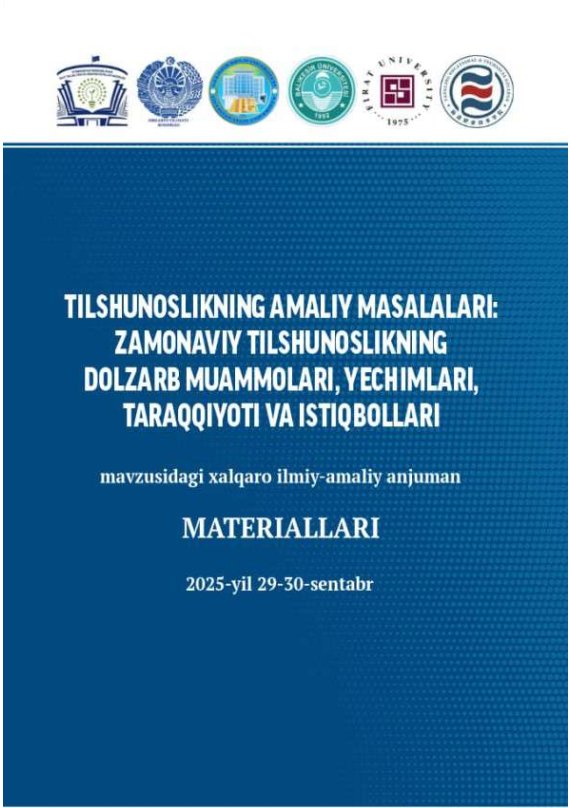A BRIEF EXCURSION INTO THE HISTORY OF TRADITIONAL SEMANTICS
Keywords:
language, meaning, linguistic, interpretation, syntax, pragmatics, cognitionAbstract
Semantics, a pivotal branch of linguistics that focuses on the study of meaning in language, has been extensively discussed and debated. Whilst the majority of linguists concur that semantics is the study of the meaning of linguistic expressions, the precise definition of “meaning” remains the subject of considerable controversy. The boundaries between semantics and other linguistic subfields, particularly pragmatics, are also defined differently by various scholars. The term “semantics” was introduced by the French linguist M. Breal in the late XIX century and was initially understood to encompass the totality of what was expressed by language. In recent times, the focus of modern researchers has been narrowed, with an emphasis placed primarily on the logical or conceptual aspects of meaning. For instance, Leonard Bloomfield regarded semantics as being associated with human knowledge and belief. In the early 20th century, semioticians such as Charles Peirce and Charles Morris refined the role of semantics in semiotics, explaining its relationship with syntax and pragmatics. It was emphasised that syntax involves formal relationships between signs, while semantics is concerned with how signs relate to their objects and pragmatics examines how signs are interpreted by their users. The decline of structuralism and the concomitant rise of transformational grammar in the mid-20th century resulted in a shift of focus towards semantics in linguistic analysis. Scholars such as Charles Morris and S. Ullman recognised the central role of semantics, with Ullman's works being significant contributions in this regard. The advent of Transformational Semantics, which established a correlation between syntactic structures and meaning, precipitated the emergence of new domains such as Cognitive Linguistics and Cognitive Grammar, which investigate the interplay between language and cognition. Contemporary research in semantics is increasingly interdisciplinary in nature, with a focus on the fields of linguistic pragmatics and cognitive linguistics. These disciplines are employed to study how meaning is shaped by the behaviour and cognition of language users. To summarise, the study demonstrates that semantics is an evolving concept, integrating structural, pragmatic and cognitive elements.


